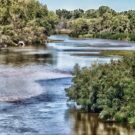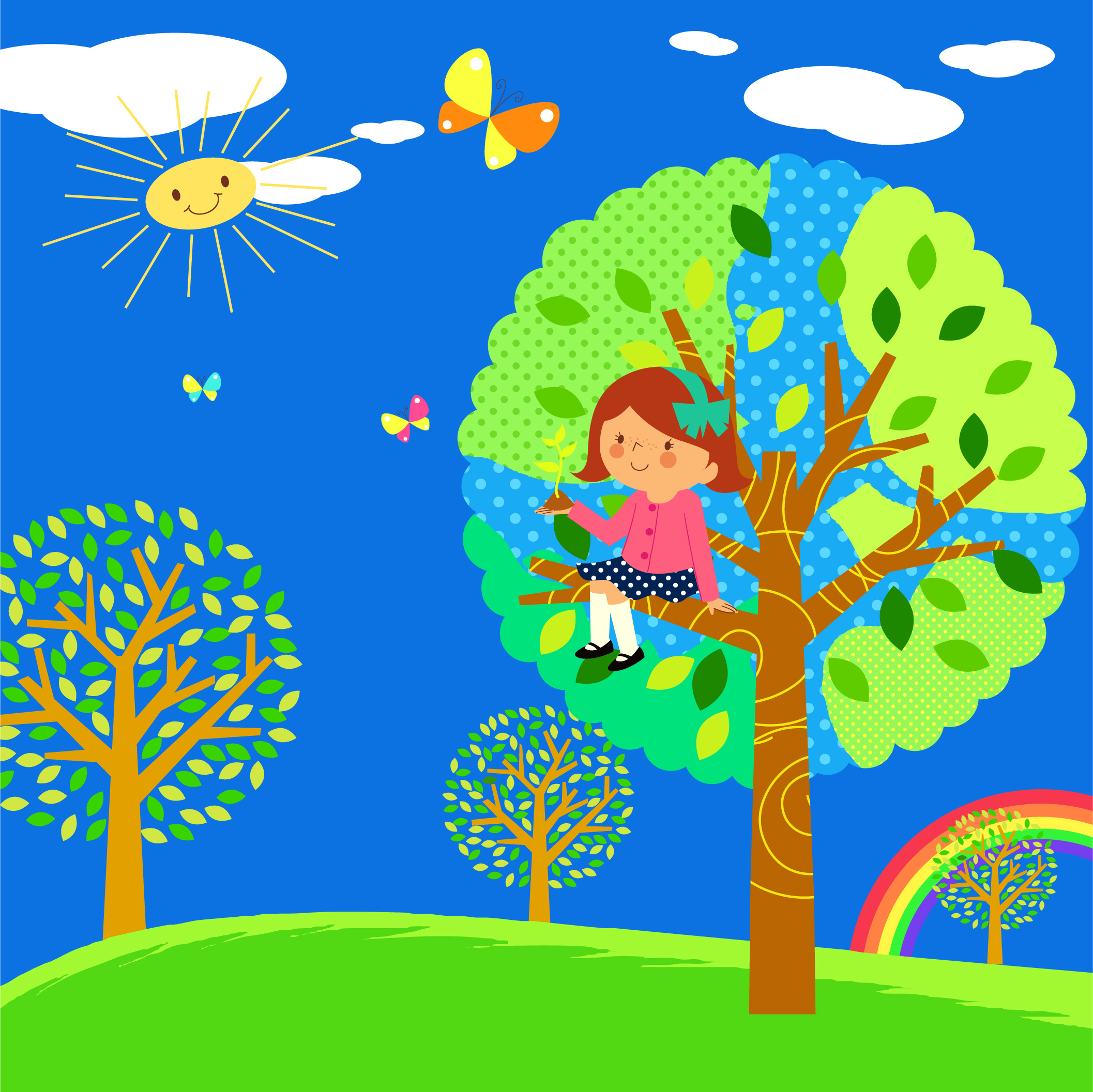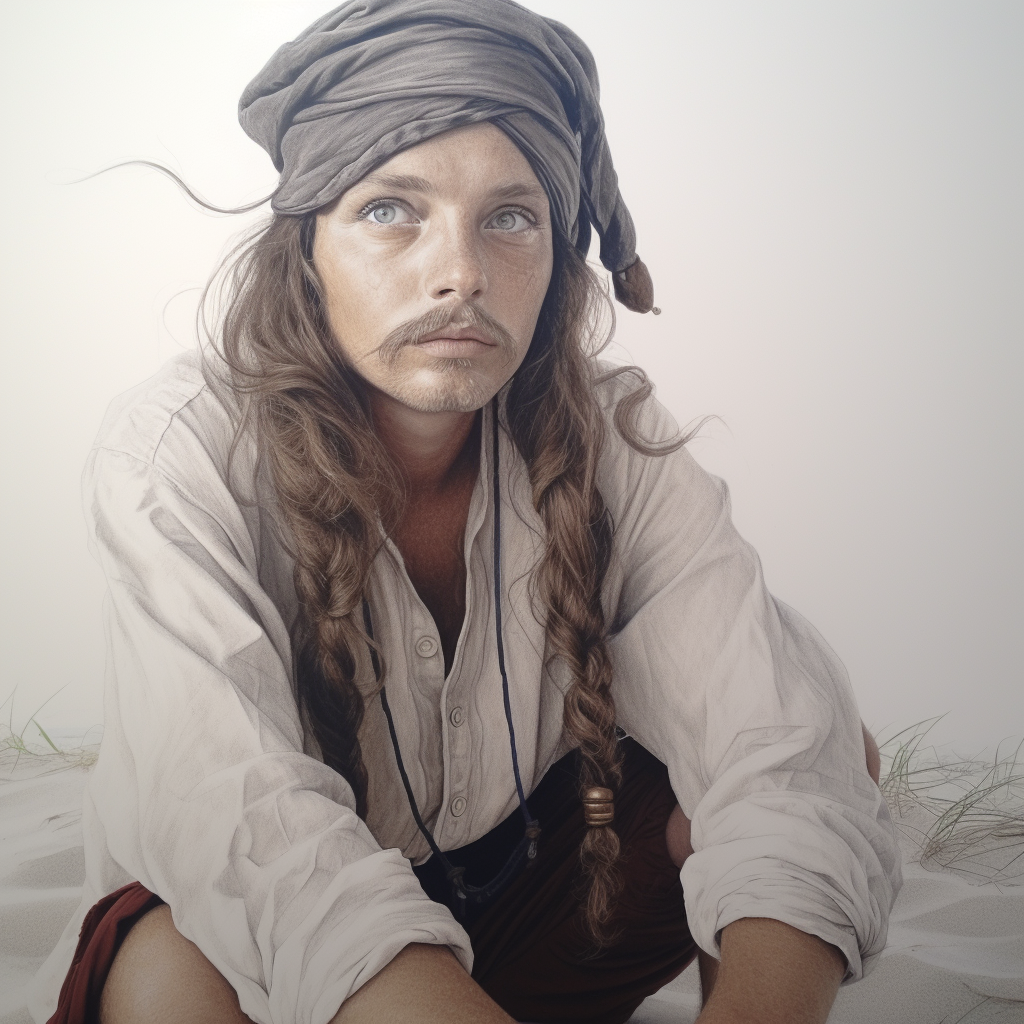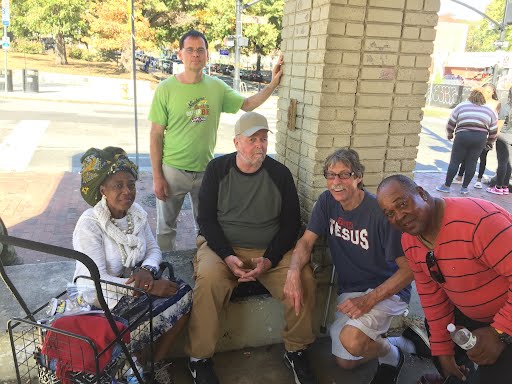Nebraska, the Cornhusker State

by Sandra Merville Hart
Nebraska’s nickname is The Cornhusker State. Farmers used to hold cornhusking contests. The University of Nebraska chose a Cornhusker as its mascot, which the state afterward adopted as its nickname.
The Otoe called the Platte River “Nebrathka,” which means “flat water.” The Omaha name for the river was “Ni-ubthatka,” or “spreading water.” The French called it Platte River, meaning “flat.”
The early history of Nebraska
The Omaha, Dakotas, and the Pawnee lived in what is now known as Nebraska long before any white settlers arrived. Spain claimed it in 1541 and then France in 1682. Neither built permanent settlements.
Though Bellevue became the first permanent settlement in 1822, most pioneers simply traveled the Oregon Trail through the area on their way out west. Some wrote that the land wasn’t good farmland. The government named the land Indian Territory.
No settlers could live there until 1854 when Native Americans were forced out.
Nebraska Becomes a State
The 1862 Homestead Act offered settlers 160 acres of land if they lived there 5 years. Railroads were built.
Nebraska became our 37th state on March 1, 1867.
Trees were rare on the prairie. When the first settlers came to Nebraska, they built sod houses.
Prairie grass grew abundantly. Pioneers cut thin layers of sod (grass and dirt) into blocks and built their homes.
First Arbor Day
J. Sterling Morton was a newspaper editor who longed to see trees growing in Nebraska. He recommended a holiday to celebrate planting trees. Our nation’s first Arbor Day happened in Nebraska on April 10, 1872. Over 1,000,000 trees were planted that day!
Pioneers traveling west on the Oregon Trail went through the southern part of Nebraska. They saw beautiful sights such as Scotts Bluff and Chimney Rock.
Scotts Bluff is now Scotts Bluff National Monument, a great place to visit when vacationing in the area.
Other fun facts about Nebraska
Nebraska National Forest is the largest man-made forest in the United States.
Red Cloud, a famous Lakota chief, helped protect his land from being taken over by the government.
The smallest city hall (10 feet by 10 feet) is in Maskell.
Kool-Ade (now known as Kool-Aid) was created by Edwin Perkins of Hastings in 1927.
The Pony Express passed thru Nebraska on its way from Missouri to California.
The state bird is western meadowlark.
The state flower is goldenrod.
Sources
50 States Our America: Time for Kids, Time Inc. Books, 2017.
Balkan, Gabrielle. The 50 States, Wide Eyed Editions, 2015.
Cheney, Lynne. Our 50 States: A Family Adventure Across America, Simon & Schuster Books for Young Readers, 2006.
Davis, Kenneth C. Don’t Know Much About The 50 States, HarperCollins Publishers, 2001.
Fast Facts About the 50 States. Children’s Press, 2010.
Keenan, Sheila. Greetings from the 50 States, Scholastic Inc., 2008.







